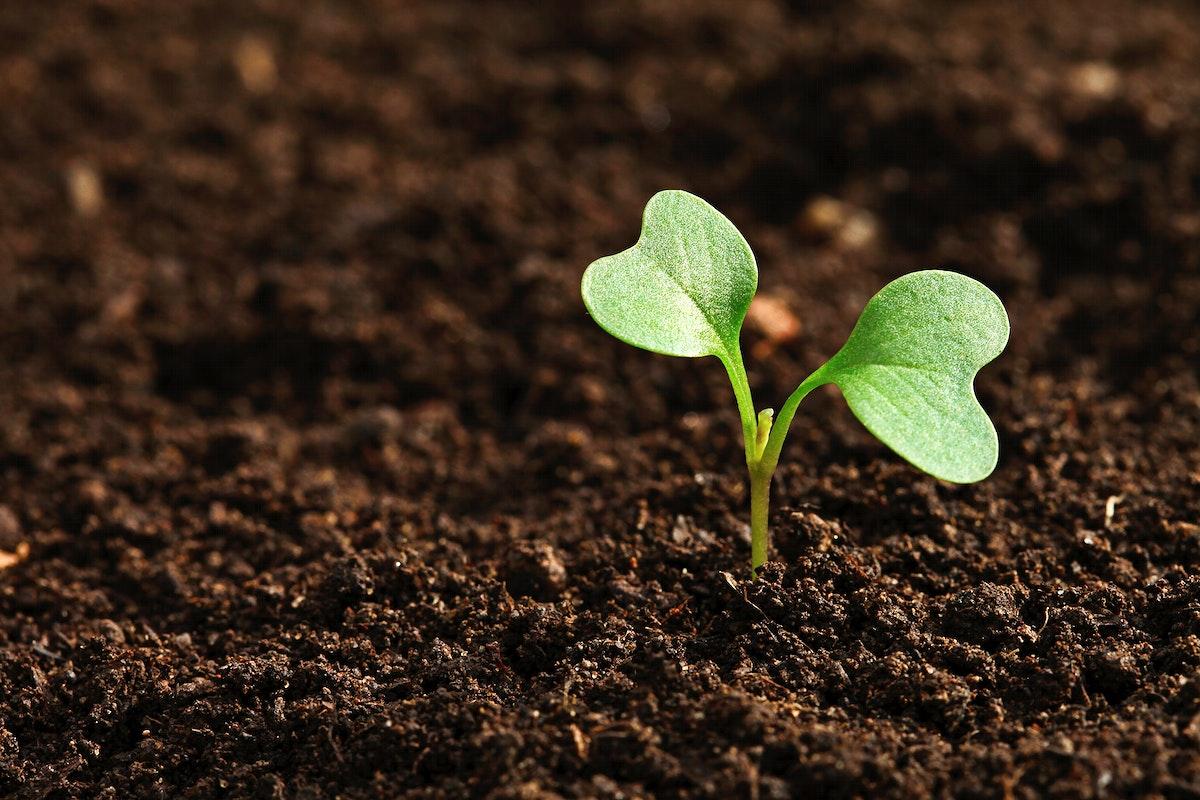
Garden Planters Preparation and Planting of the Seeds Part 2
by Jenny Selayro
In this lesson, students will apply the knowledge of calculating volume to determine the amount of soil they need to fill their planters. They will also use their skills to multiply and divide the prepare a garden plan before planting the seeds. They will work in pair. The students are also expected to record and document the processes they have taken during the activity. In the end, from the experience and from their observations, the pair are required to formulate questions that can be researched and developed into mini research papers.
Lesson Grade Level
5th GradeLesson Plan Link/URL
https://docs.google.com/presentation/d/1-LXkKha1PJa30R5EsNvrGa2kyoHPvBZu/edit?u…Subject Area
Science Life Science L2: Organisms & Energy L3: Genetics & Heredity Technology 6. Creative Communicator Engineering S3: Apply Mathematics to Engineering S6: Apply Communications to Engineering Mathematics Measurement and Data (MD) Geometry (G) Number & Quantity (N)
Featured
Off
Related Content

Grades:
3rd Grade, 4th Grade, 5th Grade
This lesson takes place in as classroom for one or more 60 minute class periods. The data collection portion may continue for 2+ weeks (or whatever time frame you decide). An emphasis is placed on the

Grades:
9th Grade, 10th Grade, 11th Grade, 12th Grade
This STEM Argumentative Research Project engages students in exploring the scientific, ethical, and societal implications of themes in Mary Shelley's "Frankenstein." Students will work in groups to

Grades:
7th Grade, 8th Grade, 9th Grade, 10th Grade, 11th Grade, 12th Grade
Students will apply principles of design, engineering, and mathematics to create a physical or digital labyrinth inspired by the myth of Theseus. This project integrates STEM concepts with literature